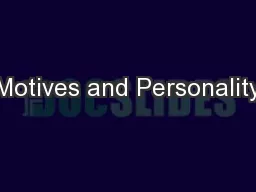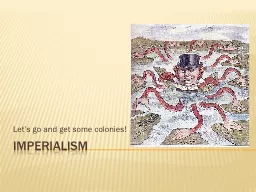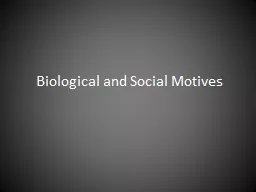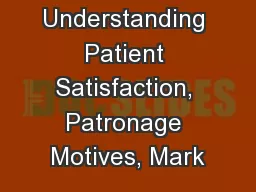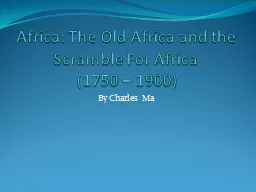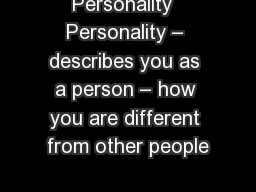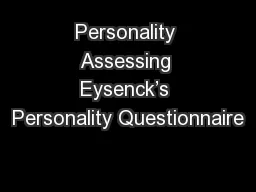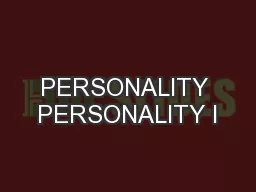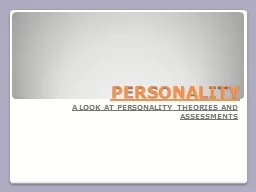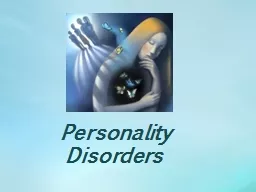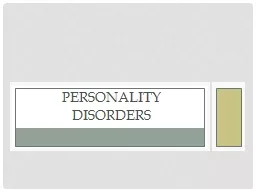PPT-Motives and Personality
Author : cheryl-pisano | Published Date : 2017-07-24
Success is going from failure to failure without a loss of enthusiasm Only put off until tomorrow what you are willing to die having left undone Picasso Procrastination
Presentation Embed Code
Download Presentation
Download Presentation The PPT/PDF document "Motives and Personality" is the property of its rightful owner. Permission is granted to download and print the materials on this website for personal, non-commercial use only, and to display it on your personal computer provided you do not modify the materials and that you retain all copyright notices contained in the materials. By downloading content from our website, you accept the terms of this agreement.
Motives and Personality: Transcript
Download Rules Of Document
"Motives and Personality"The content belongs to its owner. You may download and print it for personal use, without modification, and keep all copyright notices. By downloading, you agree to these terms.
Related Documents

